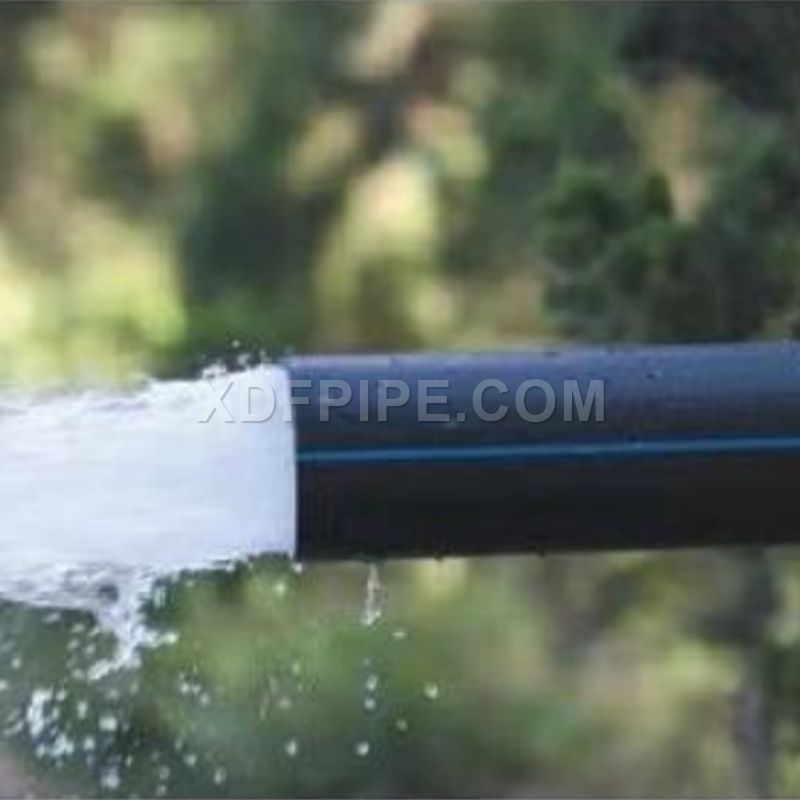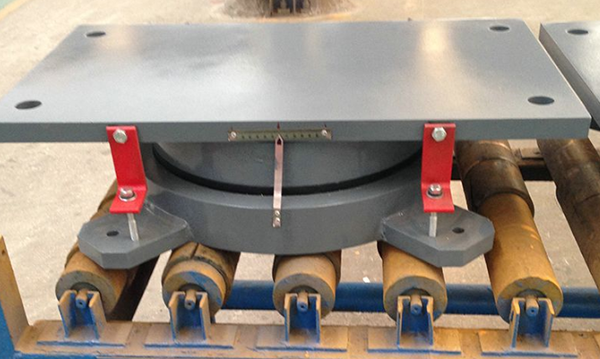What is the function of a non magnetic drill collar?
In the world of oil and gas drilling, even the smallest components can make a significant difference. Non-magnetic drill collars are one such essential tool used in the drilling process. In this blog post, we will dive into the intricacies of non-magnetic drill collars, exploring their function and the critical role they play in the industry.
1. What are Non-Magnetic Drill Collars?
Non-magnetic drill collars, often referred to as NMDCs, are a type of drill collar used in the oil and gas industry. Drill collars are thick-walled tubular components that are attached just above the drill bit to provide weight and stiffness to the drill string. Non-magnetic drill collars, as the name suggests, are specifically designed to be non-magnetic, which means they do not interfere with magnetic logging tools used in the drilling process.
2. The Function of Non-Magnetic Drill Collars
Non-magnetic drill collars serve a crucial function in the drilling process, offering several benefits and advantages:
A. Enhanced Drilling Accuracy
In oil and gas exploration, magnetic susceptibility can lead to inaccuracies in measurement and data acquisition. By using non-magnetic drill collars, the interference caused by magnetic materials is minimized, leading to more accurate readings and measurements. This precision is especially critical when assessing the geological formations and identifying potential reservoirs.
B. Improved Wellbore Stability
The stability of the wellbore is vital during drilling operations. Magnetic interference can disrupt the integrity of the borehole, leading to issues such as wellbore deviation or even well collapse. Non-magnetic drill collars help maintain wellbore stability by reducing the risk of magnetic interference, allowing for smoother drilling operations.
C. Efficient Surveying and Logging
Oil and gas drilling involves the use of various downhole tools and instruments for logging and surveying. These tools rely on precise measurements, which can be compromised if magnetic materials are present. Non-magnetic drill collars enable the efficient use of these tools, ensuring that the data collected is accurate and reliable.
3. Composition of Non-Magnetic Drill Collars
To achieve their non-magnetic properties, non-magnetic drill collars are typically made from specific materials:
A. Alloy Steel
Non-magnetic drill collars are typically constructed from low-magnetic-permeability alloy steel. These alloys have a reduced magnetic susceptibility, making them suitable for use in environments where magnetic interference can be a problem.
B. Specialized Heat Treatment
The production of non-magnetic drill collars involves specialized heat treatment processes. These treatments are designed to further reduce the magnetic properties of the alloy, ensuring that the collars meet the required non-magnetic standards.
4. Advantages of Using Non-Magnetic Drill Collars
The use of non-magnetic drill collars offers several distinct advantages in the oil and gas industry:
A. Accurate Data Collection
Accurate data is the foundation of successful drilling operations. Non-magnetic drill collars help maintain the integrity of data collected during drilling, enabling informed decision-making.
B. Reduced Drilling Risks
Additional reading:How to Properly Maintain Your Vinyl Sports Flooring
Geogrid vs. Geotextile: Which Solution is Right for Soil Reinforcement?
Types of Outdoor Sports Court Tiles
Benefits of Belleville Washers
Custom Medicine Cabinets: A Perfect Blend of Functionality and Style
LED Bathroom Mirror: Illuminating Elegance and Functionality
Drainage Pipes: Efficient Water Management Solution
Magnetic interference can lead to drilling risks, such as wellbore instability and equipment damage. Non-magnetic drill collars mitigate these risks, enhancing drilling safety and efficiency.
C. Enhanced Productivity
With non-magnetic drill collars, drilling operations can proceed smoothly without interruptions or delays caused by magnetic interference. This leads to increased productivity and cost savings.
D. Environmental Impact
Reducing drilling-related issues through the use of non-magnetic drill collars can also have positive environmental impacts. Fewer disruptions and issues mean less waste and a reduced environmental footprint.
5. Applications of Non-Magnetic Drill Collars
Non-magnetic drill collars find applications in various drilling scenarios, including:
A. Offshore Drilling
Offshore drilling operations are particularly sensitive to wellbore stability and accuracy due to the challenging conditions and environmental factors. Non-magnetic drill collars are often used in offshore drilling to ensure data accuracy and drilling efficiency.
B. Directional Drilling
Directional drilling involves drilling at non-vertical angles to reach specific targets. Non-magnetic drill collars are essential in these operations, as magnetic interference can lead to errors in direction and depth measurements.
C. High-Profile Wells
In high-profile wells, such as those in complex geological formations or in proximity to sensitive structures, the use of non-magnetic drill collars is common to reduce the risks associated with magnetic interference.
6. Challenges and Considerations
While non-magnetic drill collars offer significant advantages, there are some considerations to keep in mind:
A. Cost
Non-magnetic drill collars are often more expensive than regular drill collars due to their specialized materials and manufacturing processes. However, the cost is typically justified by the benefits they provide in terms of data accuracy and drilling efficiency.
B. Maintenance
Non-magnetic drill collars require proper maintenance to preserve their non-magnetic properties. Any damage or contamination can affect their performance and magnetic neutrality.
7. Conclusion
In the complex and critical world of oil and gas drilling, even the smallest components can have a profound impact on the success of operations. Non-magnetic drill collars, with their ability to minimize magnetic interference and enhance data accuracy, are a prime example of such essential tools. These collars play a vital role in ensuring the efficiency, accuracy, and safety of drilling operations, making them an indispensable asset in the oil and gas industry. Understanding their function and benefits is crucial for anyone involved in the field of drilling and exploration.
The Ultimate Guide to HPMC for Tile Adhesive: Boosting Performance and Quality
Nail-Free Adhesive: The Ultimate Solution for Hassle-Free Bonding
Benefits and Uses of Hydroxy Ethyl Cellulose in Personal Care Products
Choosing the Right Electric Security Fence
Choosing an Angel Headstone: Honoring Loved Ones with Grace and Serenity
Why is the Gym Floor Slippery? And How to Fix It!
What is a W Beam Guardrail?
159
0
0
Related Articles










Comments
All Comments (0)